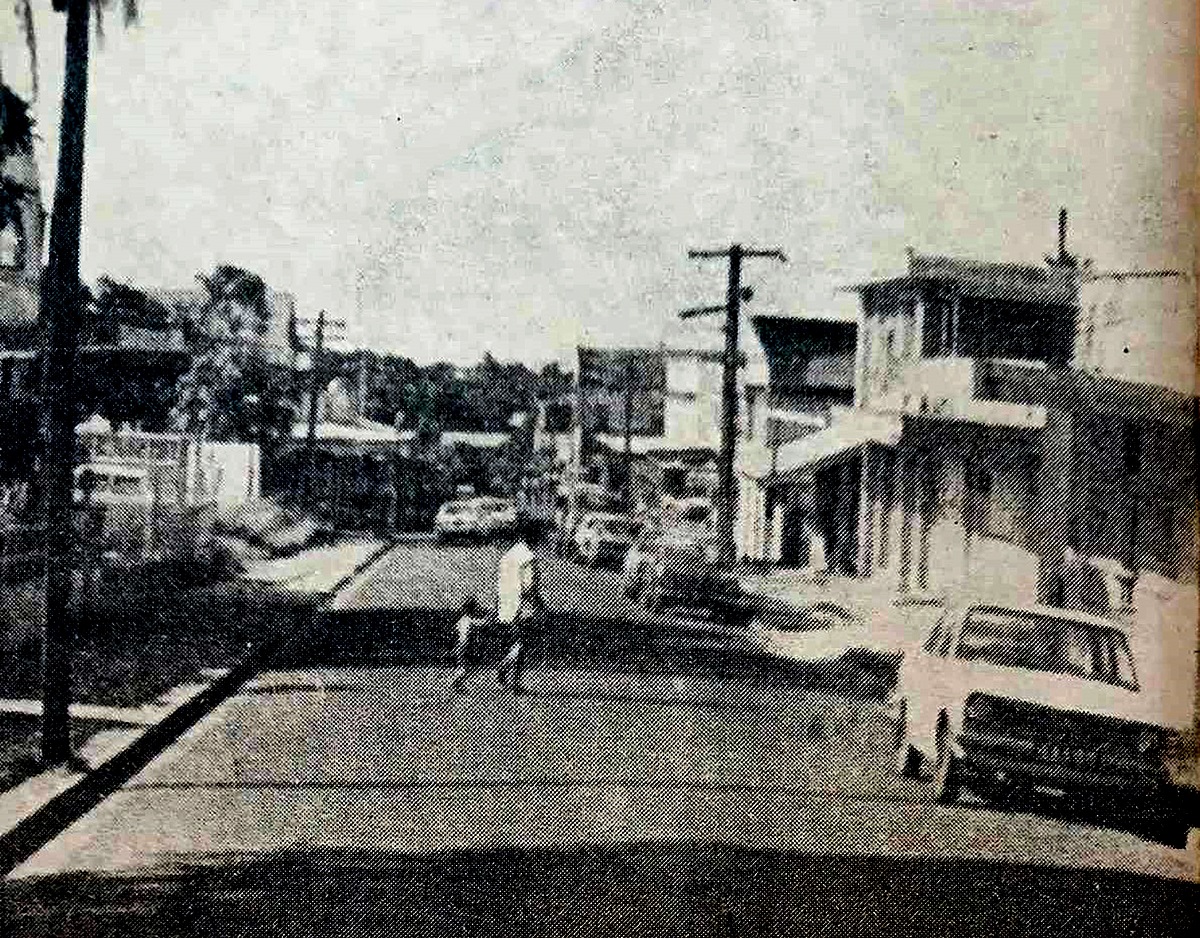The word Toorak is an aboriginal name which means where the Chief is. When the first Government House was built in Melbourne, the place was called Toorak, the Governor being the chief of the colony, according to The Fiji Times on January 13, 1976.
When Amy Augustus Huon acquired the land known by the Fijian landowners as Nabucolo, with hill sites overlooking Suva Harbour, he called the estate Toorak because he was the chief of that estate.
Toorak was regarded since the time of the pioneers until quite recently as the best residential area in Suva. Although it was named after the fashionable and exclusive suburb of Melbourne, its subsequent development scarcely justified the association.
According to The Fiji Times, Toorak changed hand many a times, but one of the owners, Huon, a pastoralist from Australia, was prominent among them all and left his mark on Toorak. He bought 80 acres in the area at $4 an acre.
Three main streets in Toorak are named after him – Amy St, Augustus St and Huon St. His son Charles also featured in Toorak with a street named after him, Charles St, at the Bagasau end of Toorak.
Unidentified According to the National Archives, the land was bought by Huon from Evans, who earlier bought it from Surplice, who bought it from Brewer and Joske, who bought it from Swanson and Pickering, who had acquired the land from unidentified owners.
The Fiji Times reported it was is quite evident that Toorak was a part of a large portion of land acquired by a Melbourne company floated specifically to buy land offered by King Cakobau in the 1850s.
The report said a debt arose from a claim by the US commercial agent in Fiji, J B Williams, for damages alleged to have been done by Fijians from Rewa and Beqa during a fire at his store on Nukulau Island on July 4, 1849.
Later, other American citizens put forward claims, especially for damages sustained when, in 1853, the Lovoni people in the back hills of Ovalau burnt the town of Levuka.
In 1855, Commander Boutwell of the US Navy investigated all such claims and fixed the total amount at $45,000, including interest. Ratu Seru Cakobau, being King of Fiji, had been manoeuvred into a position that the US government was claiming from him on behalf of its citizens.
Ratu Cakobau tried various means of settling his debt but to no avail. Finally a group of go-getting Europeans formed the Polynesian Company in Melbourne, Victoria and agreed to pay off Ratu Cakobau’s debt to the US, and in return receive thousands of acres of land in various parts of Fiji and certain other privileges.
Most of the land was never taken up and the privileges never eventuated either, after Fiji was ceded to Great Britain in 1874. The company, however, did take up its land around Suva, divided into allotments and invited settlers to take them up.
According to The Fiji Times, this was in 1870, two years after the company got its charter from Ratu Cakobau.
These first settlers tried to grow sugar and a sugar mill was, in fact, set up about half way along the waterfront in what is now one of the chief business streets, Victoria Pde.
Neither the settlers nor the new millers were experienced in making sugar and technical difficulties led to the abandoning of the enterprise.
Alternative The Fiji Times reported that most of the cane lands reverted to nature and Suva laid dormant until 1877 when the three-year old Fiji colonial government was looking for an alternative capital to Levuka on the island of Ovalau.
The Government bought land from the Polynesian Company and marked out a township area one mile square, one side beginning just south of Walu Bay and taking in the harbour front as far as old Suva Village, which is now the Botanical Gardens and the Government House area.
According to records, the standing of the company was never high with officialdom: after Cession most of the appeals for the land granted under Ratu Cakobau’s charter failed, but the Government agreed to refund the money paid to square the US debt and gave legal titles to some of the settlers who had bought land from the company.
But one relic of the company days remains in Suva – the area known as Toorak – and it is quite probable that Amy Huon Augustus came from Toorak in Melbourne.



